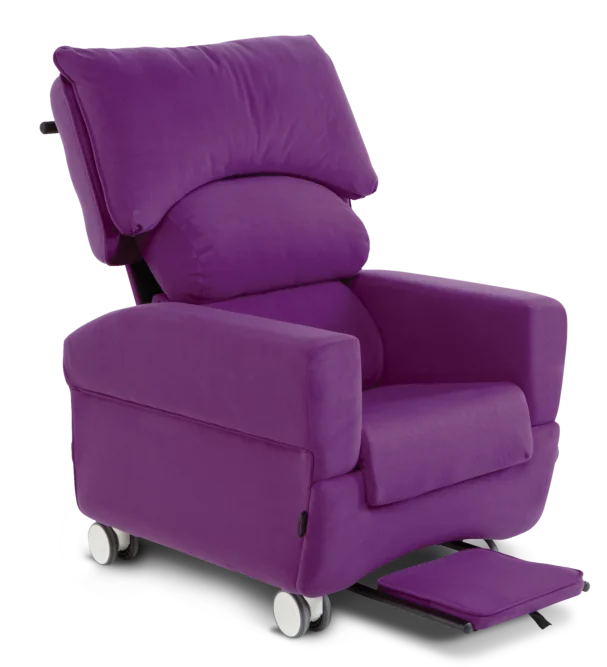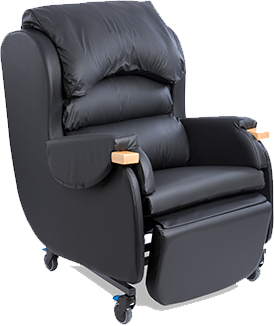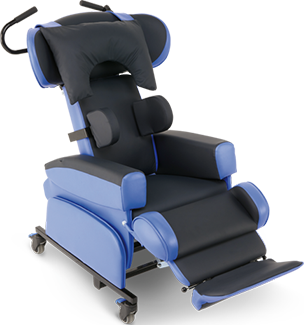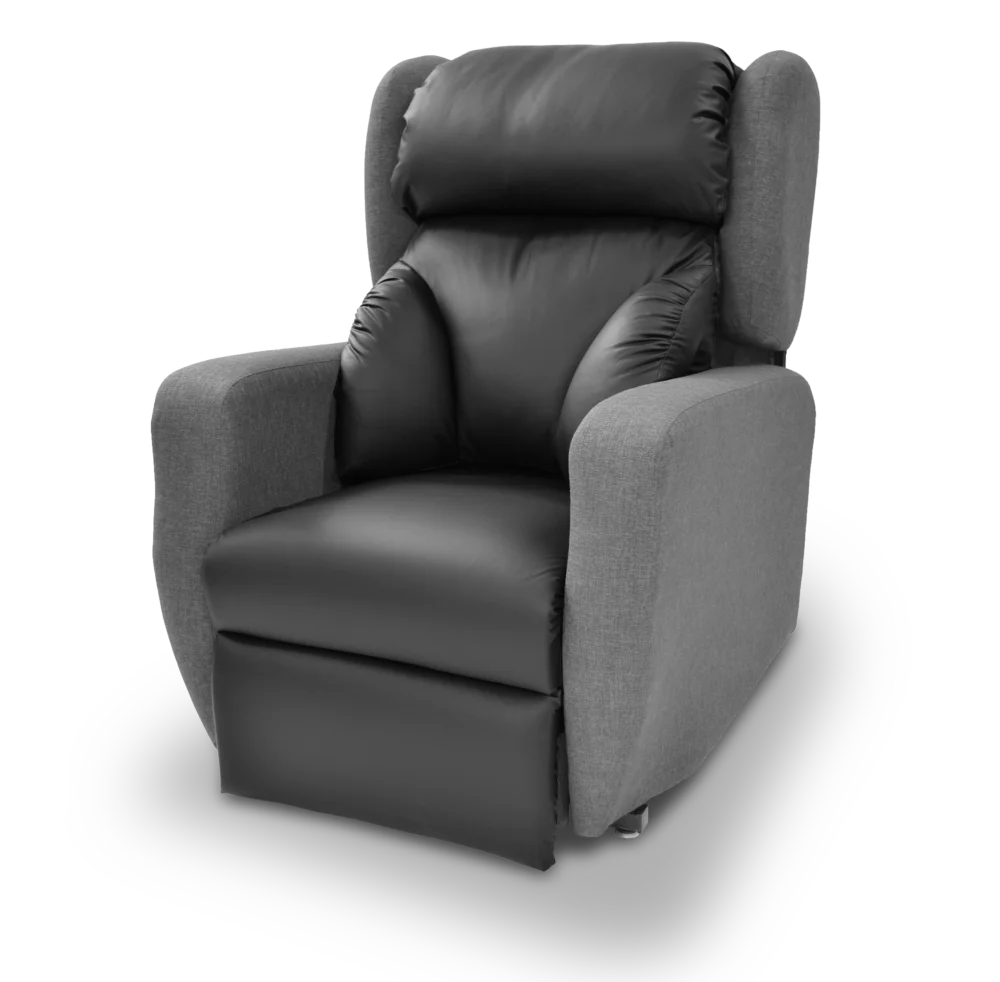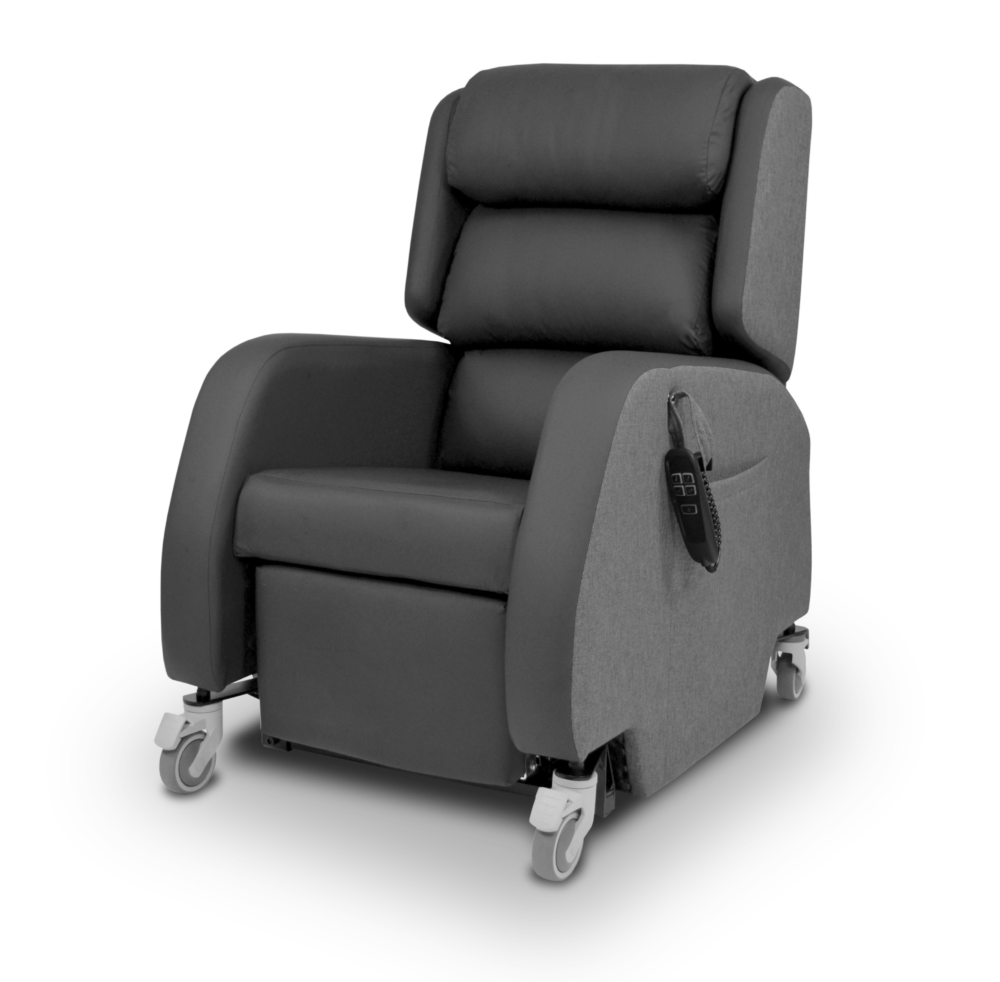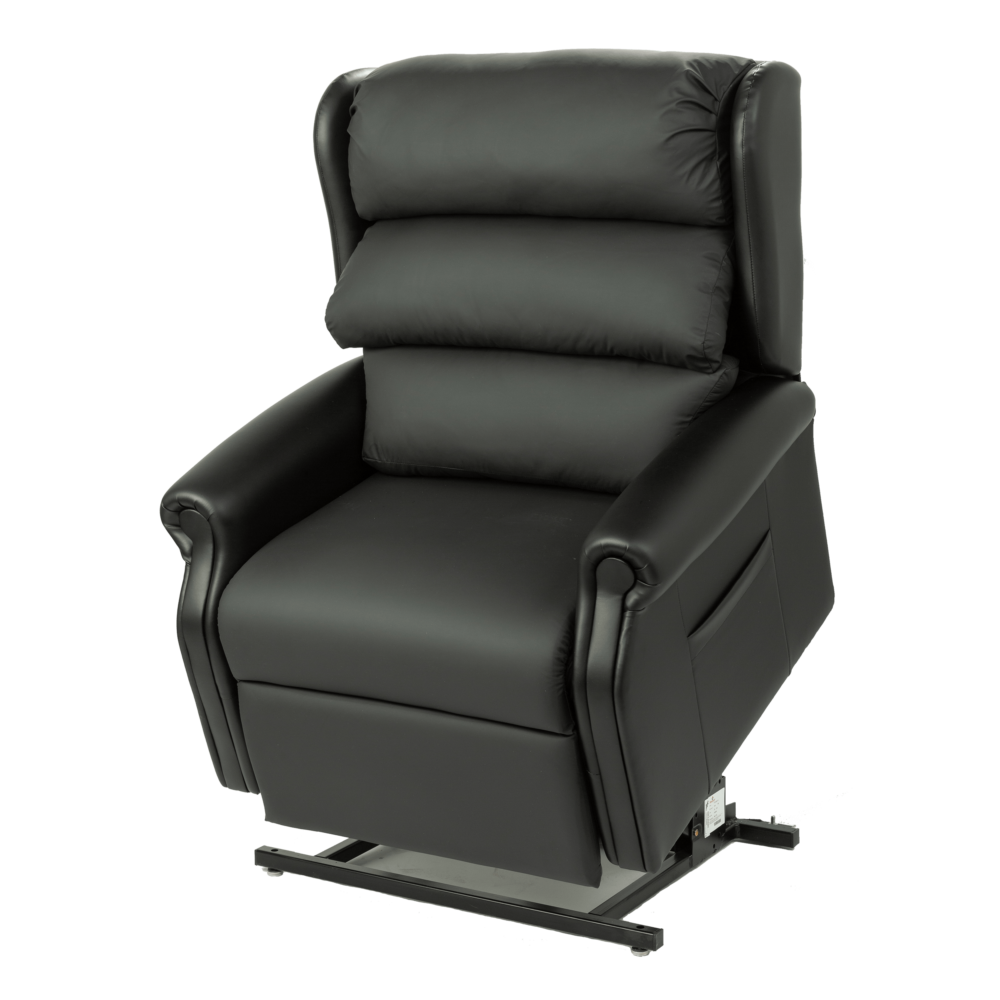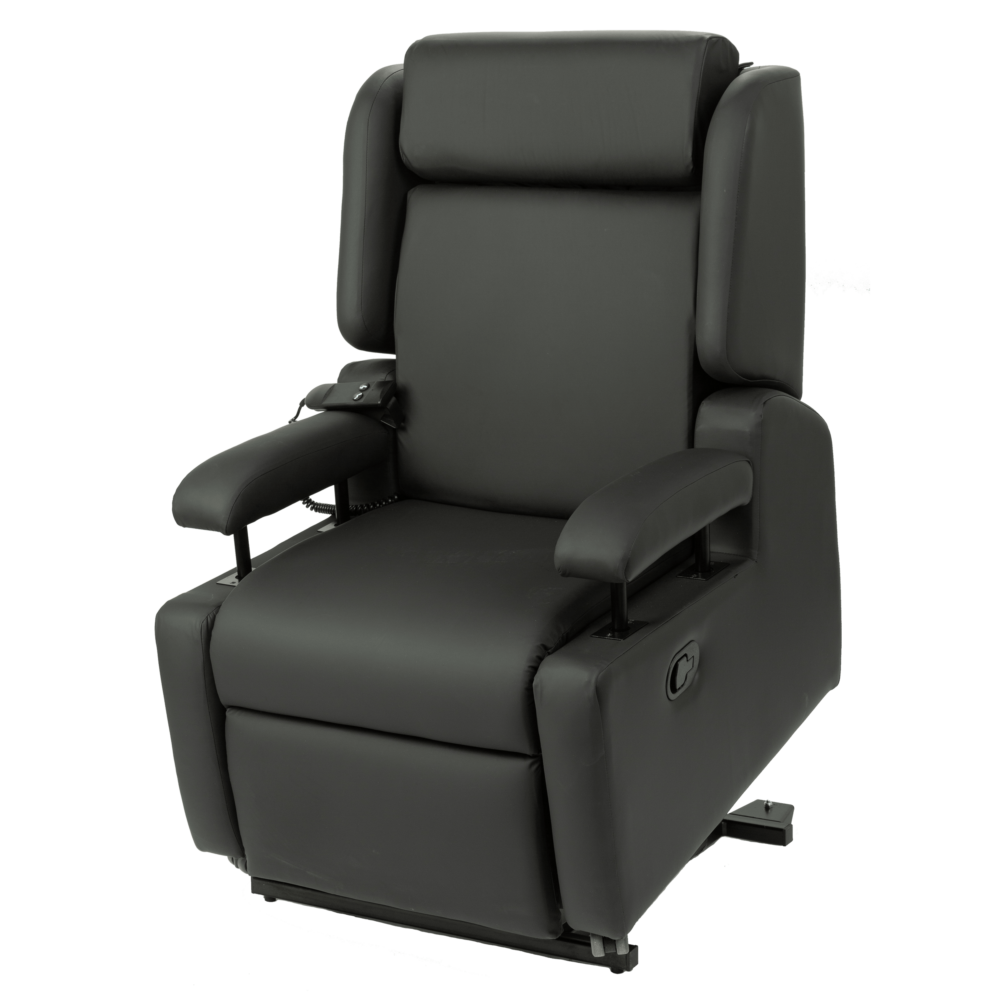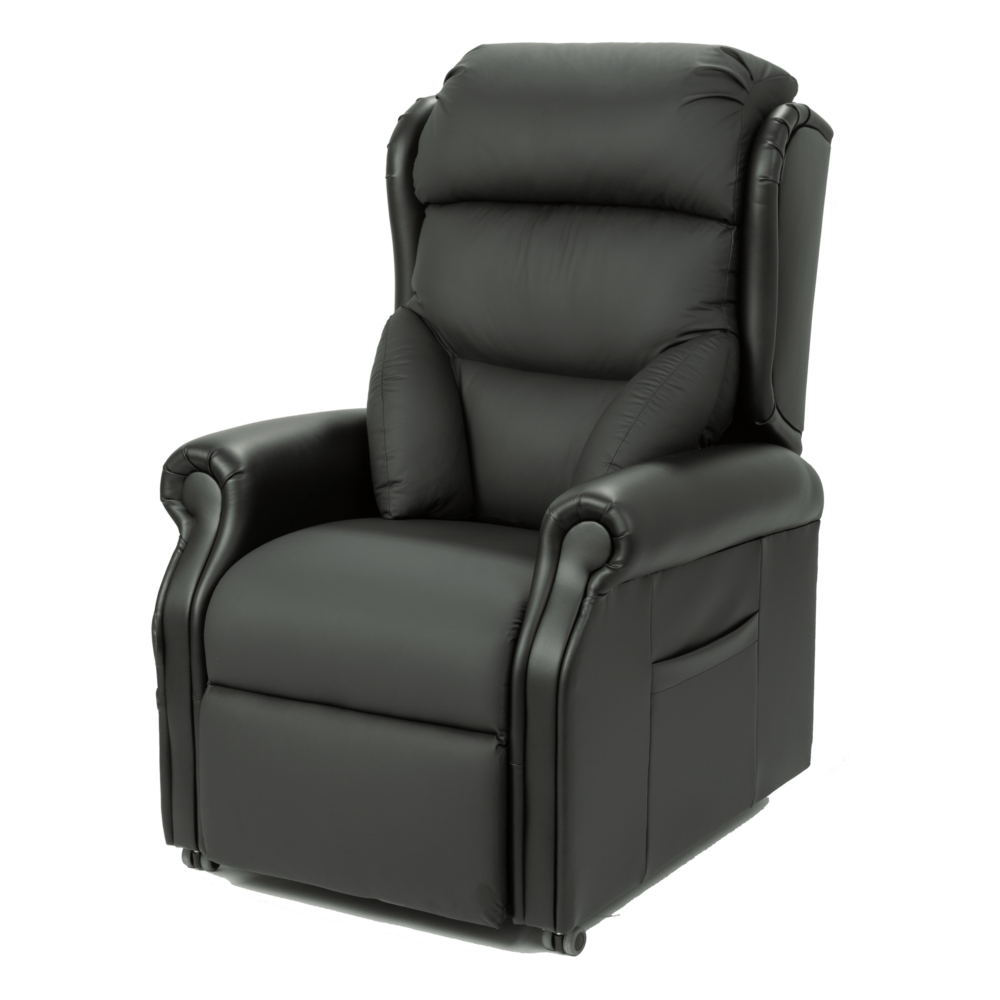What is fatigue?
Everyone experiences tiredness at times, which can be relieved by sleep and rest. Fatigue is when the tiredness is so overwhelming, and isn’t relieved by sleep and rest. It is also known as exhaustion or reduced energy.
Fatigue can affect all aspects of an individual’s life. It can significantly restrict their ability to engage in daily living, as well as having a negative impact psychologically and socially. Fatigue is linked with reduced quality of life.
What can cause fatigue1?
The causes of fatigue can be psychological, physiological, and physical.
One of the most common reasons for feeling constantly exhausted is iron deficiency anaemia. People with neurological conditions also become fatigued easily. Other conditions that can cause fatigue are sleep apnoea, an underactive thyroid and diabetes. Depression and anxiety are also often associated with reduced energy.
If a person feels that they are suffering from overwhelming tiredness that isn’t relieved by rest and sleep, it may be worth consulting their GP for advice2.
Posture, the way in which a person holds themselves or positions their body segments, can also have a significant impact on fatigue.
“Managing a person’s posture can promote energy conservation making it easier for them to live a meaningful life, ultimately improving quality of life.”
How does fatigue relate to posture?
Posture is directly related to an individual’s health and wellbeing. Good posture is essential for comfort, function and optimum physiological function. When the body is supported, stable and aligned appropriately segments work together efficiently, subsequently managing energy levels successfully. Read more about the importance of good posture.
Poor posture causes fatigue by making inefficient use of the body structure and putting extra demands on it. The muscles tire more quickly because they have to work harder, which results in greater energy consumption. Gravitational forces, as well as potentially leading to pressure injury and postural deterioration, can make sitting effortful for individuals who present with muscle weakness and abnormal muscle tone. Prolonged abnormal postures can also create more tension on the spine and lower limb joints, and increase the risk of contractures and deformities, which can lead to pain that can impact on fatigue.
Fatigue can be associated with scoliosis, an increased thoracic kyphosis, contractures, and pelvic instability, including a posterior pelvic tilt and pelvic obliquity.
Managing a person’s posture can promote energy conservation making it easier for them to live a meaningful life, ultimately improving quality of life.
Are there any seating solutions that can help with fatigue?
- Adequate postural management, through appropriate full body support, is essential; it can enable users to maintain an optimal sitting position with the pelvis stable and the trunk in midline to encourage the body segments to work efficiently
- Tilt-in-space can help people with low muscle tone and reduced muscle strength to manage their available energy levels and promote rest by reducing the effects of gravity for a period of time; they may then be able to conserve energy to allow them to direct it into activities of daily living important to them
- Back angle recline to accommodate any hip contractures or a negative angle leg rest to accommodate knee contractures may also be indicated to help manage pain
- Specialist seating should be used as part of a holistic 24 hour programme that also encourages a regular change of position for the user
References
NHS (2018) Sleep and tiredness Available from: www.nhs.uk/live-well/sleep-and-tiredness/10-medical-reasons-for-feeling-tired/?tabname=tiredness-and-fatigue
NHS (2018) Self-help tips to fight tiredness Available from: www.nhs.uk/live-well/sleep-and-tiredness/self-help-tips-to-fight-fatigue/

